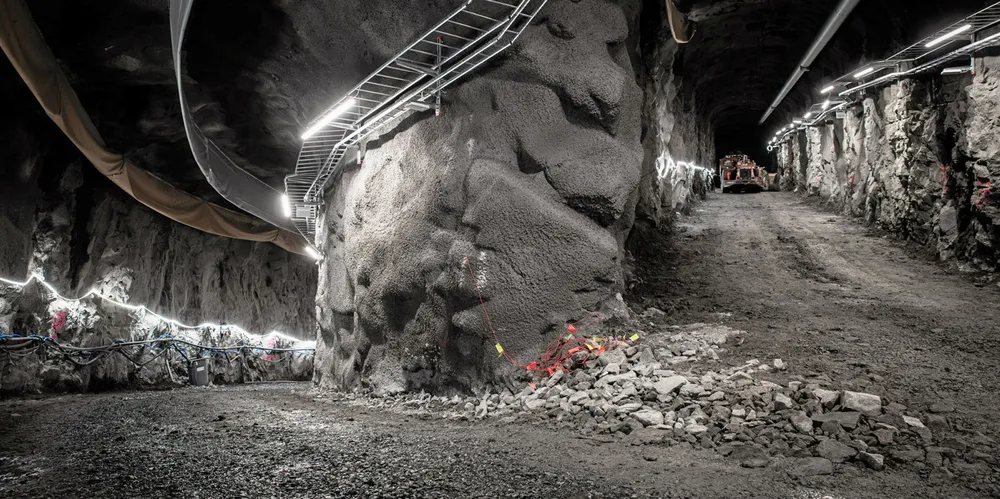Green steel moves step closer to commercialisation with ‘first of its kind’ hydrogen cavern storage
Hybrit’s new facility will ensure a steady supply of renewable H2 and help ‘make fossil-free steel competitive’

Hybrit’s new facility will ensure a steady supply of renewable H2 and help ‘make fossil-free steel competitive’
